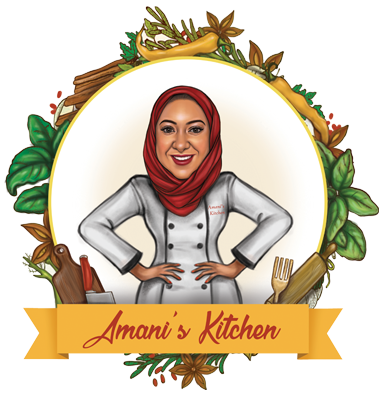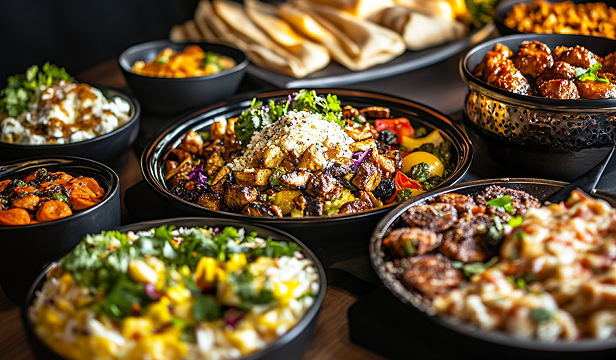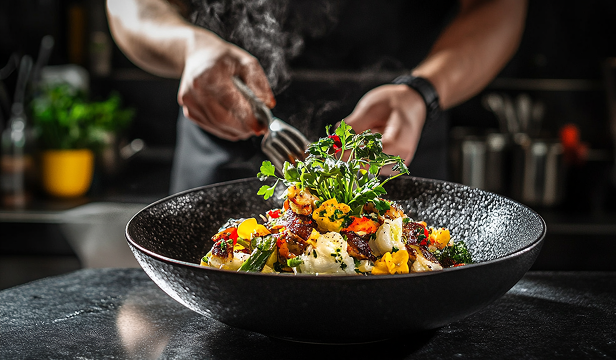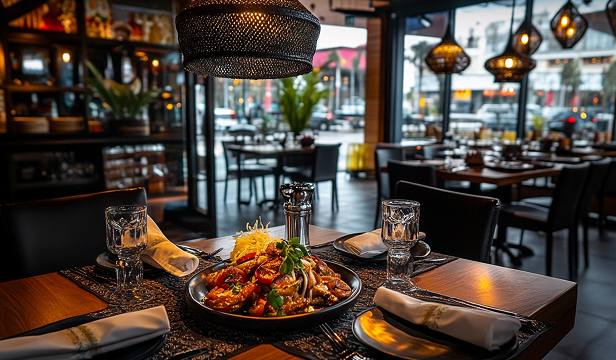Introduction Middle Eastern art is renowned for its intricate patterns, rich colours, and deep cultural…
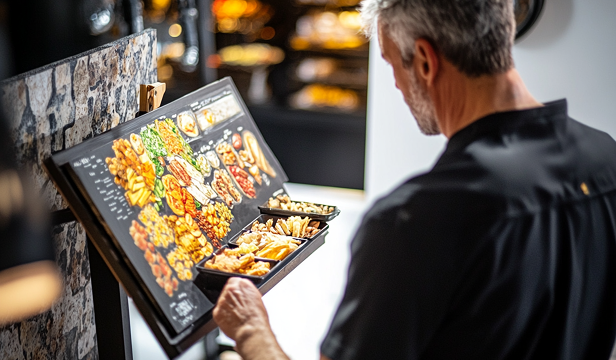
Interview with a Local Artist: How Food Inspires Their Artwork
Introduction
Food and art share a deep, intertwined relationship, with both evoking emotions, storytelling, and creativity. We sat down with [Artist’s Name], a talented local artist whose work is deeply inspired by food, to explore how culinary experiences shape their artistic vision and creative process.
The Connection Between Food and Art
Q: How does food influence your artistic expression?
Artist: Food is a fundamental part of life, and it naturally finds its way into my art. The textures, colours, and compositions of dishes inspire me to experiment with different materials and techniques. Whether it’s the rich hues of spices or the intricate layers of a dish, food provides endless inspiration.
Q: Can you describe a specific artwork influenced by a culinary experience?
Artist: One of my most cherished pieces is a painting inspired by a Middle Eastern feast. The deep reds of pomegranates, the golden tones of saffron rice, and the earthy greens of fresh herbs all found their way onto my canvas. It was a sensory-driven piece where I aimed to capture not just the visual but also the emotional experience of sharing a meal.
The Creative Process
Q: Do you incorporate actual food elements into your art?
Artist: Yes! I have experimented with natural dyes derived from beets, turmeric, and coffee to create unique, organic textures in my work. These elements add depth and authenticity, making each piece a reflection of the food that inspired it.
Q: What role does cultural cuisine play in your work?
Artist: Cultural cuisine tells stories of history, tradition, and identity. I draw inspiration from diverse culinary traditions, often using patterns found in traditional tableware or textiles as a backdrop for my art. It’s my way of honouring and preserving culinary heritage through visual storytelling.
Food as a Medium of Expression
Q: How do you think food and art can bring people together?
Artist: Both food and art are universal languages. They transcend barriers and foster connection. Just as a meal brings people together around a table, a painting or sculpture inspired by food can spark conversations and shared experiences. I’ve seen my food-inspired pieces resonate with people from different backgrounds, evoking their own memories and stories.
Q: What advice do you have for aspiring artists who want to use food as inspiration?
Artist: Pay attention to the small details—the textures of bread, the sheen of olive oil, the contrast of colours on a plate. Allow food to guide your creativity, and don’t be afraid to incorporate unconventional materials into your work. Most importantly, let your personal experiences with food shape your artistic narrative.
Conclusion
Food is more than sustenance; it is an art form in itself. Through the eyes of [Artist’s Name], we see how the world of cuisine can inspire and shape artistic expression. Whether through colour, texture, or cultural storytelling, food remains an endless source of creativity for artists. As we celebrate this intersection of gastronomy and visual art, it becomes clear that the two are deeply connected, feeding both the body and the imagination.
